By Professor Iqbal Singh OBE
THE CRED [Commission on Race and Ethnic Disparities] report has three specific recommendations aimed at health.
It is important that these specific recommendations are implemented and resourced properly to be able to make a meaningful contribution to addressing health inequalities.
Covid-19 has highlighted the hugely disproportionate impact on BAME healthcare and social care staff and communities and accentuated many of the structural and health inequalities. Over 20 per cent of NHS staff are of BAME origin, as are more than 44 per cent of the doctors in the health service.
The Appointments Commission had taken positive steps to increase the representation of BAME doctors and communities in NHS boards, but over the last 10 years, the percentage of NHS board chairs from BAME backgrounds has remained between six and nine per cent.
This lack of visibility and involvement in decision making is reflected in individual trusts and at higher levels in the NHS and DH and other regulatory and health organisations.
In terms of the three specific action points, recommendation 2 deals with reviewing the Care Quality Commission’s (CQC) inspection process. The CQC as a regulator has the potential to influence and help deliver change by holding the trusts accountable.
Sir Simon Stevens, the chief executive of the NHS, launched the Workforce Race Equality Standards (WRES) that all trusts have to publish and they are assessed on their WRES data. There are nine indicators which form part of WRES data. For some years now, the WRES data takes account of CQC inspections and forms part of the well-led domain assessment. This is a reflection of the capability of the leadership of individual trusts. Organisations with a poor WRES rating should not be graded as good or outstanding but a maximum of ‘requires improvement’.
The second action point (recommendation 10) asks for strategic review of the differences in the pay gap in terms of ethnicity in the medical profession. It will be important that this review addresses issues around workplace culture, structural barriers, filters and barriers to progression and involvement in decision making and promoting diversity in leadership.
The third (recommendation 11) is to establish a new office of health disparities in the UK. The high levels of CVD [cardio-vascular disease] and diabetes in the Asian community; hypertension and mental illness in the black population and certain haemoglobinopathies is evidence-based and known for many years. To address these disparities and improve outcomes the unit will need a system of targeted interventions and effective and meaningful public health messaging which has the confidence of the local communities it aims to reach.
For these recommendations to be successful it is important that the implementation is led by senior BAME doctors and leaders who have knowledge of healthcare and medical regulation. Success will only be achieved with the support of and working with stakeholders and BAME professional organisations and doctors. It is therefore critical that those leading on implementing these recommendations have the confidence of BAME professionals and communities.
Professor Iqbal Singh OBE FRCP is chair of CESOP and a member of the Health Honours Committee.


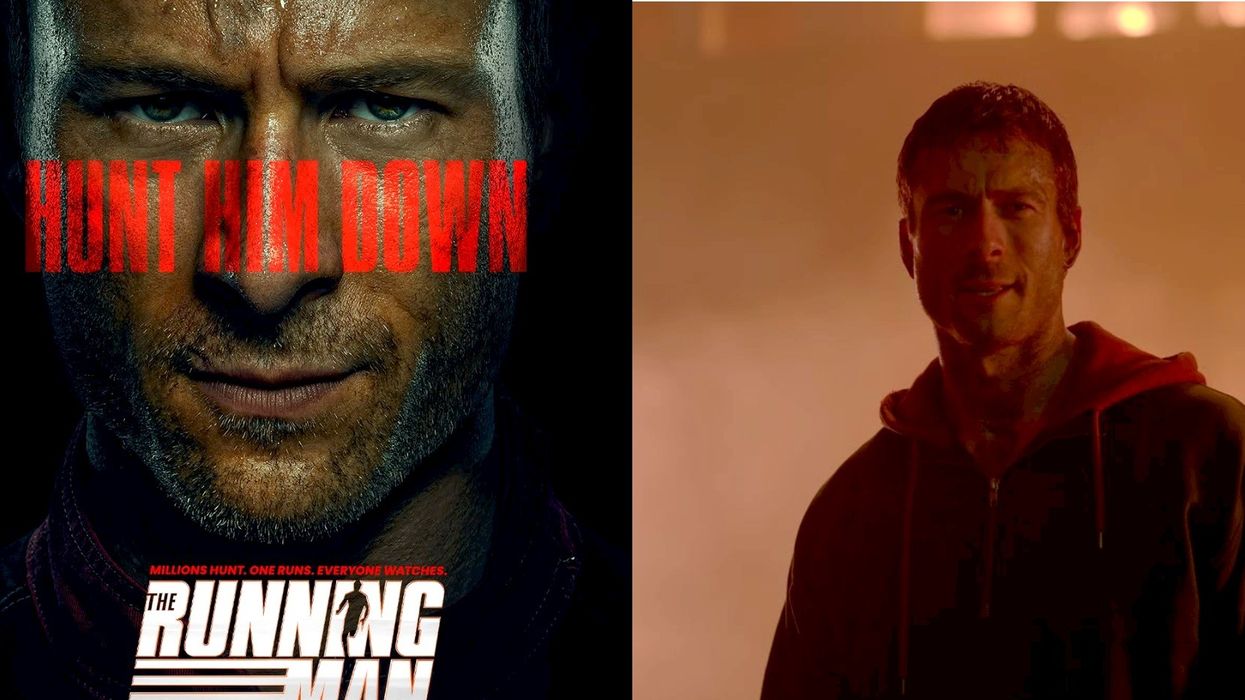













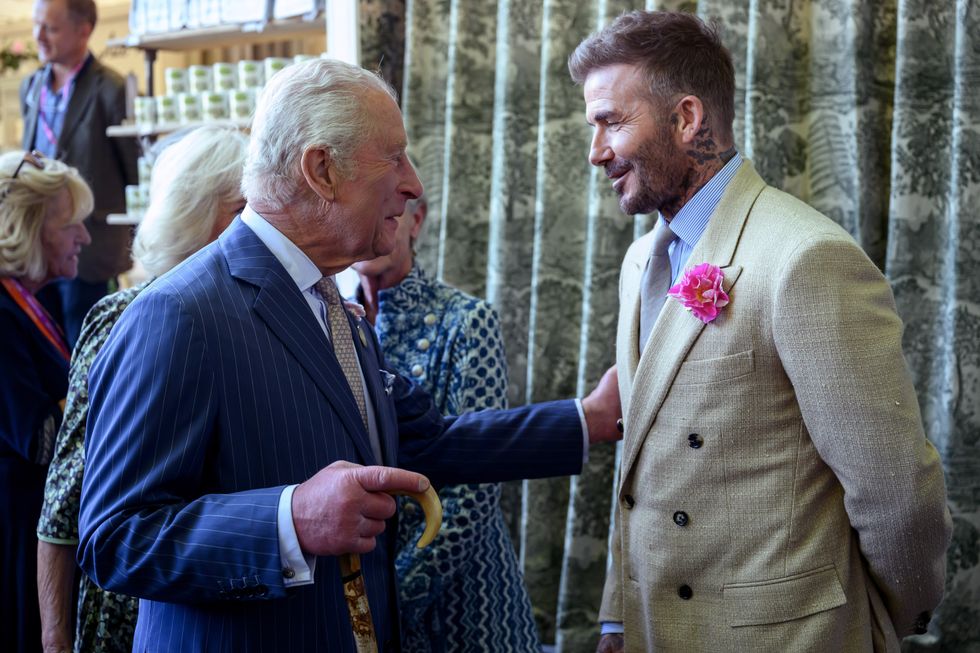 David Beckham wearing a David Austin Roses "King's Rose" speaks with King Charles III during a visit to the RHS Chelsea Flower Show at Royal Hospital Chelsea on May 20, 2025Getty Images
David Beckham wearing a David Austin Roses "King's Rose" speaks with King Charles III during a visit to the RHS Chelsea Flower Show at Royal Hospital Chelsea on May 20, 2025Getty Images

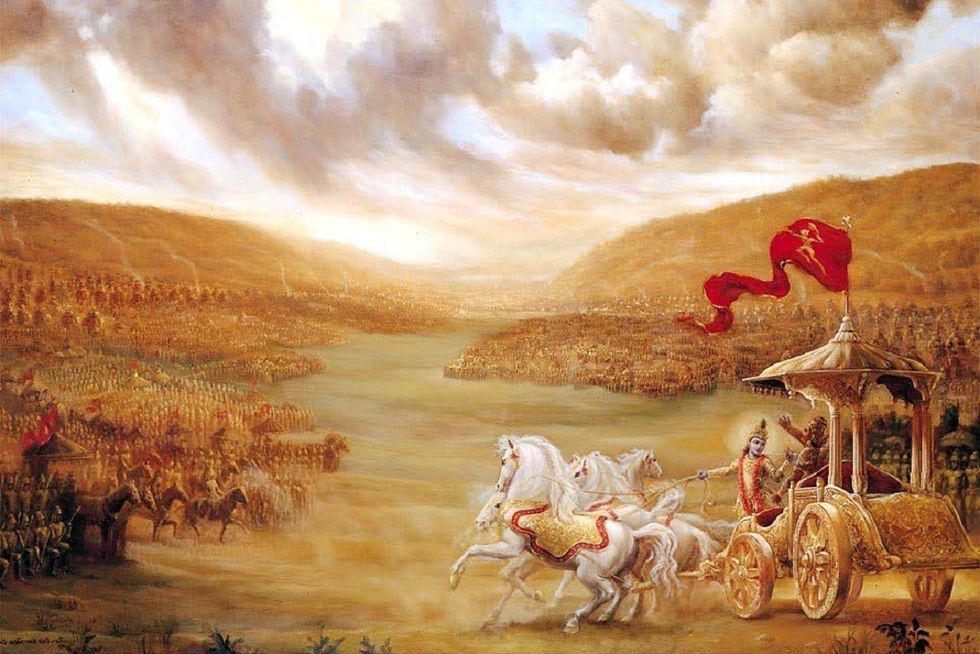 Kurukshetra battlefield illustration
Kurukshetra battlefield illustration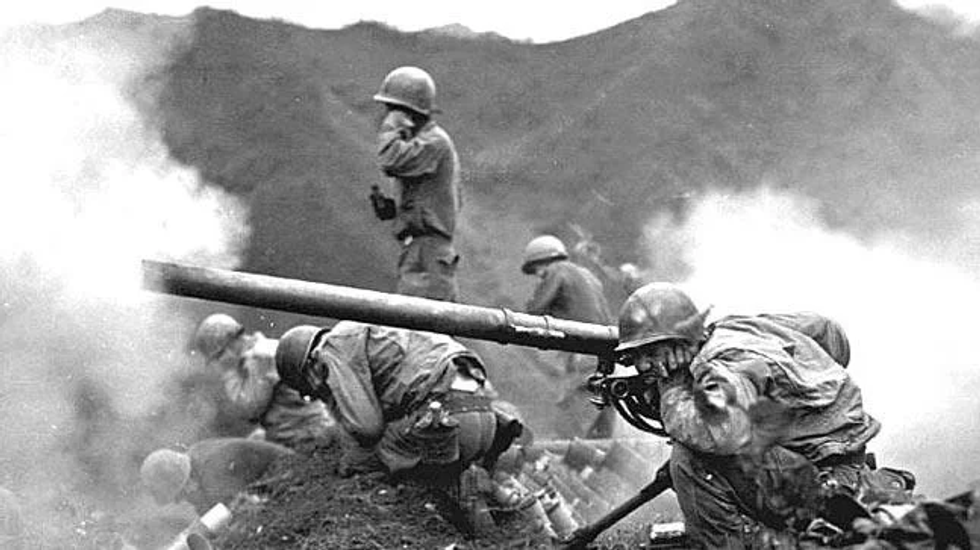
 Chanakya
Chanakya 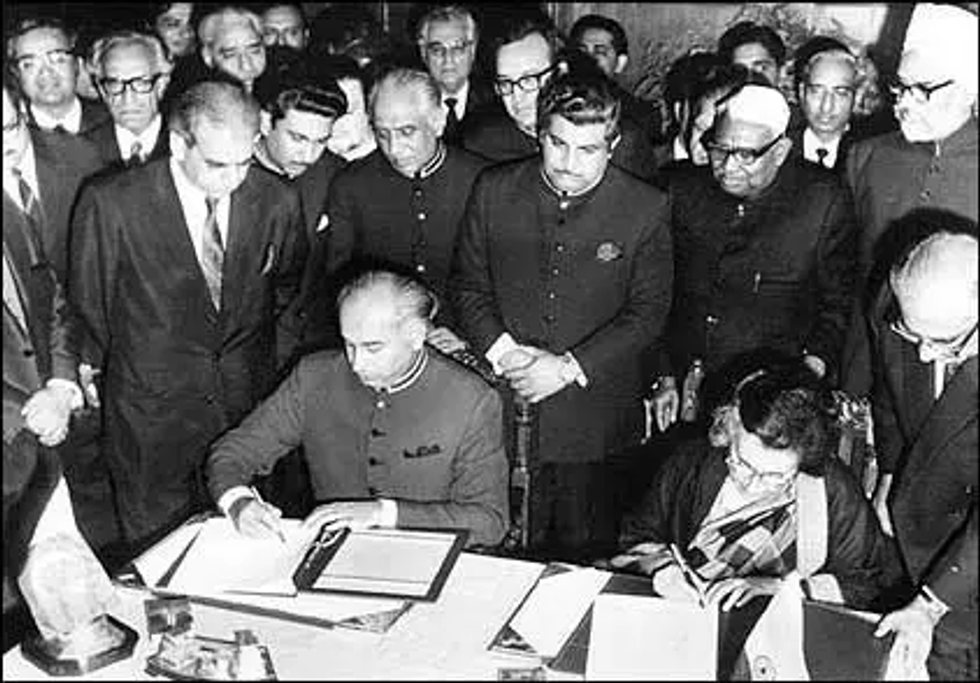 Shimla Agreement
Shimla Agreement Kargil War 1999
Kargil War 1999
Vital that BAME groups are part of health action plans, says academic